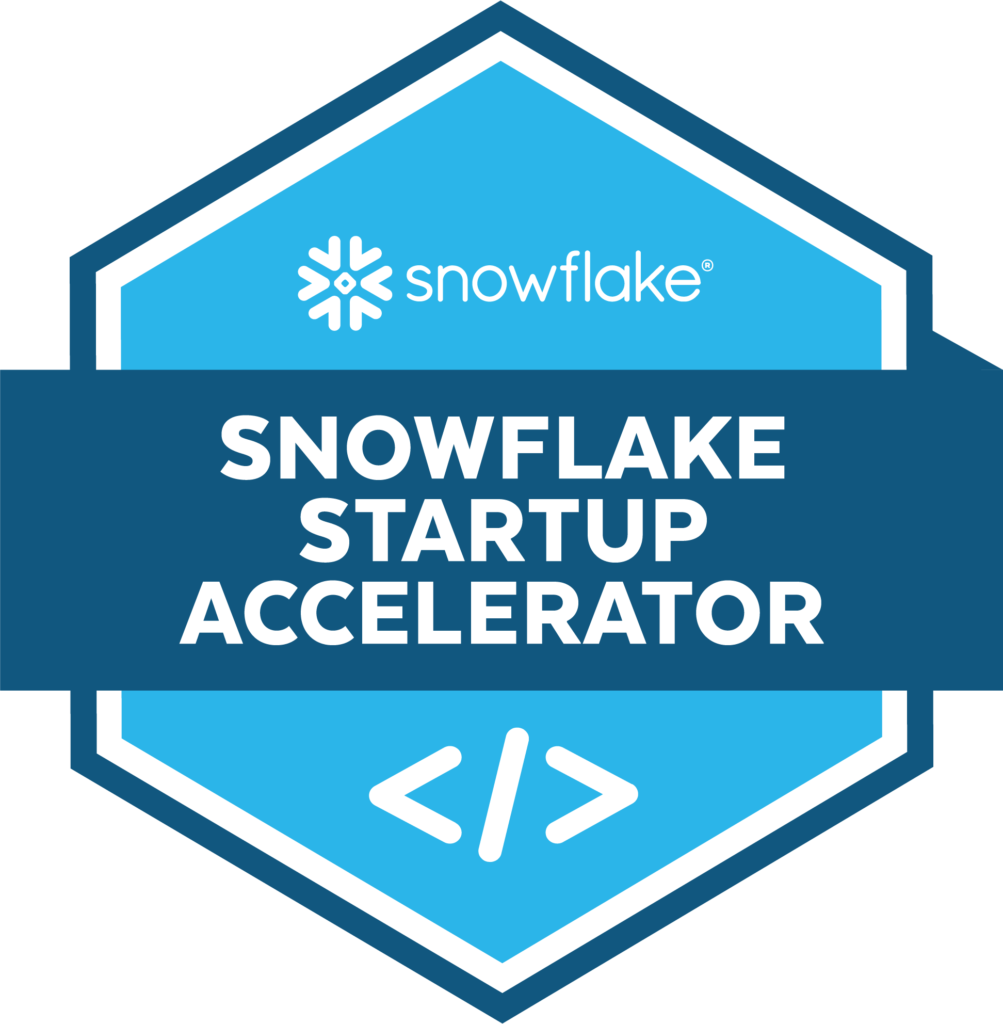Visualize your entire data model and its utilization
An end-to-end data model discovery tool offering a unified view from dbt™ all the way to Looker, providing complete visibility into the LookML / Looker side of things and how it’s connected to dbt upstream
Visualize your data model journey from dbt sources, through dbt™ models and metrics, LookML views and explores, all the way to Looker Looks, Tiles and Dashboards. Explore both upstream and downstream dependencies for a comprehensive understanding.
Explore all your business logic within dbt, LookML and Looker, including: measures and dimensions in LookML views, custom fields in Looks/Tiles and SQL statements in derived views, gaining insight into each calculation along the way.
Review detailed usage breakdown from Looker Looks, through the LookML Views, down to LookML measure or dimensions, to easily identify unused models , or select models and metrics that should be promoted to dbt.
Visualize your data model journey from dbt sources, through dbt models and metrics, LookML views and explores, all the way to Looker Looks, tiles, and dashboards. Explore both upstream and downstream dependencies for a comprehensive understanding.
Explore all your business logic within dbt, LookML, and Looker, including measures and dimensions in LookML views, custom fields in Looks/Tiles, and SQL statements in derived views, gaining insight into each calculation along the way.
Review the detailed usage breakdown from Looker Looks, through the LookML views, down to LookML measures or dimensions, to easily identify unused models or select models and metrics that should be promoted to dbt.
Sync dbt and Looker seamlessly
An automation designed to drive consistency between dbt and the Looker reporting layer
Ensure your dbt™ models remain in complete sync with Looker through auto generation of LookML views pointing to dbt models: Use dbt™-tags to guide Euno on exposing dbt™ models to Looker users.
Enjoy native access to dbt column-level documentation within Looker – Access dbt descriptions and direct links to explore lineage in Euno
Expose dbt metrics to Looker users through Euno’s automated sync, which creates measures withinLookML views, enabling Looker users to dynamically query dbt metrics.
Ensure your dbt models remain in complete sync with Looker through the auto-generation of LookML views pointing to dbt models. Use dbt tags to guide Euno on exposing dbt models to Looker users.
Enjoy native access to dbt column-level documentation within Looker—access dbt descriptions and direct links to explore lineage in Euno.
Expose dbt metrics to Looker users through Euno’s automated sync, which creates measures within LookML views, enabling Looker users to dynamically query dbt metrics.
Shift left from Looker to dbt
Centralize your business logic to ensure consistency and efficiency in future use, by using Euno’s “shift left” mechanism” to promote mature business logic to dbt
Leverage Euno to automatically generate open-source dbt-semantic (Metricflow) code from selected Looker/LookML measures, centralizing all your metrics in dbt’s metrics mart.
Identify and promote business logic in the form of dimensions, and SQL statements in derived views from Looker / LookML to dbt™ for inclusion in the central data model.
Generate pre-aggregate models based on dbt metrics using Euno’s automation: select the exact columns to group by, choose the join paths, and add filters for refined data aggregation
Leverage Euno to automatically generate open-source dbt-semantic (Metricflow) code from selected Looker/LookML measures, centralizing all your metrics in dbt’s metrics mart.
Identify and promote business logic in the form of dimensions and SQL statements in derived views from Looker/LookML to dbt for inclusion in the central data model.
Generate pre-aggregate models based on dbt metrics using Euno’s automation: select the exact columns to group by, choose the join paths, and add filters for refined data aggregation.
